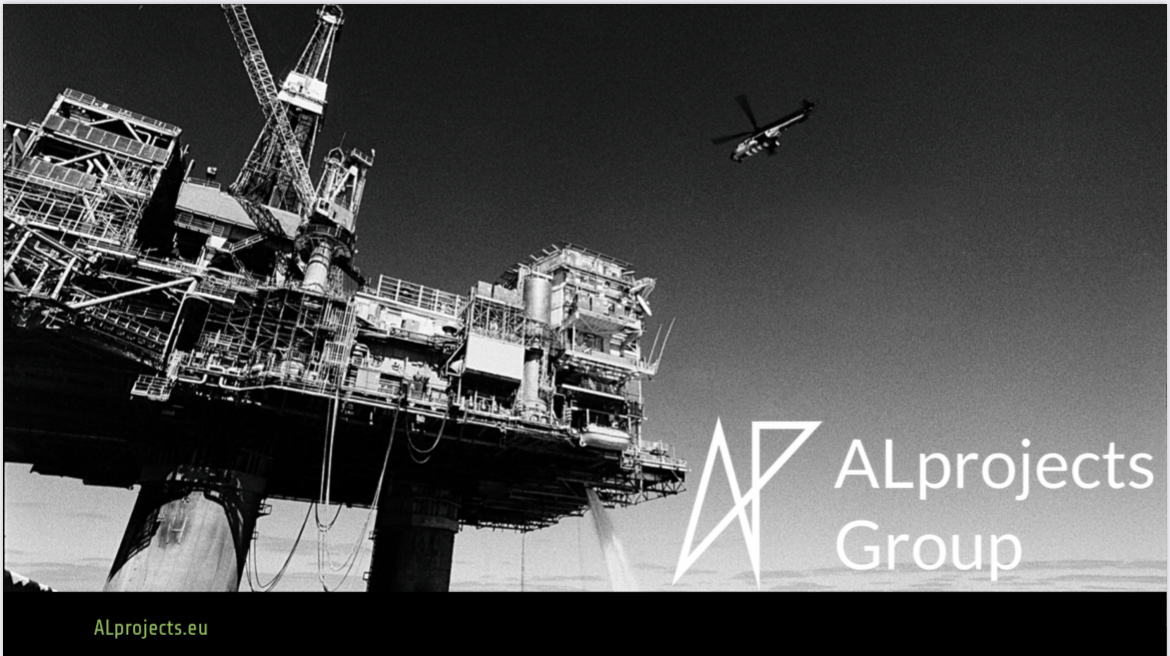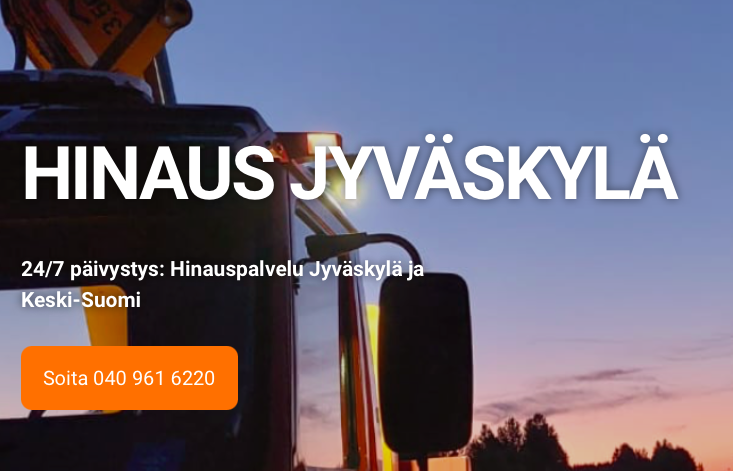Discarded batteries, ancient rubber tyres and drums of oil are the kinds of waste sitting on Australia’s remote cattle stations that could have a brand new life if a researcher’s plan comes to fruition.
When you live hundreds of kilometres from the nearest tip, getting rubbish off the farm can be a mammoth task.
South Australian cattle producer Gillian Fennel said there was lots of discarded materials and broken objects at her station 450 kilometres south of Alice Springs.
“We’ve got 100 dead washing machines and we’ve got cars that have been there probably since the 1930s, down in our dump,” she said.
“We hate waste, [but] that thing might be useful and we’re usually resource-scarce, so we tend to hang on to things.”
Recycling whitegoods in the NT is an expensive process. (Supplied: Wesley Van Zanden)
But not everything can be repurposed.
Ms Fennel said objects that couldn’t be re-used went into “burny bins”.
“We incinerate that, and otherwise we just dig a big hole and chuck everything in there and periodically burn it,” she said.
Distances and cost make waste management a challenge in the NT. (Supplied: Wesley Van Zanden)
Finding a solution
Charles Darwin University PhD student Wesley Van Zanden is tyring to make sustainable waste management easier for remote cattle stations in the Northern Territory.
“Where I’m living in East Arnhem, there’s farms and agriculture, but you don’t have to go too far and you’re in places like Kakadu,” he said.
“So there’s these really unique environmental landscapes that are close to large industries, and making sure that we safeguard them is important.”
As part of his research, Mr Van Zanden is aiming to create a generic waste management plan for facilities across the Northern Territory to recycle inorganic materials from stations.
“So people can all follow similar ways of separating their waste and then have some type of framework for how to capitalise on the logistical networks in the regions,” he said.
People want to do the right thing
Ms Fennel said farmers and pastoralists cared for the environment and wanted to be sustainable, but distances and cost were a big consideration.
“We want to make sure that the environment is as well managed as possible, and make sure that there is the least amount of pollution,” she said.
“Also, [cattle] will eat and chew on anything, and so eating and chewing rubbish is not great for livestock, like balloons and those sorts of things will kill livestock if they eat them.”
Waste materials can harm cattle and other animals. (ABC North and West: Isabella Carbone)
Ms Fennel said consumers also expected agriculture to manage the environment more responsibly.
“It’s not a good look to have acres and acres of junk just laying around your farm, so it’s one of those things we need to be more aware of,” she said.
Remote recycling a challenge
Mr Van Zanden said there were major challenges for remote waste management.
“The first one is pretty obvious, it’s the distance. Some of these stations are hundreds of kilometres from the nearest small community, let alone an actual waste facility,” he said.
“The next one is the cost to transport that material back is so far beyond economically viable that it makes it extremely difficult for people.”
Mr Van Zanden says tyres are a common waste material on stations. (Supplied: Wesley Van Zanden)
Mr Van Zanden said another complication was that many materials were required to be removed by a licensed waste handler and taken to a licensed facility.
“In the NT, but also across the top end of Australia, there are only minimal facilities that can accept a lot of this waste,” he said.
“And then they have the same burden of ‘we’ve taken it from this remote station, now we’ve got to go another couple of hundred kilometres to get it to a Darwin or an Alice or some other regional hub that can actually process the material’,” he said.
It’s a long and expensive drive for outback stations to recycle their waste. (Instagram: @the.lostdrone)
Mr Van Zanden, who will study part-time while juggling his job as a local government regional waste manager, said station people wanted to contribute to the circular economy.
“People don’t want to just throw stuff in the ground, they actually want assistance,” he said.
“They genuinely want to continue to improve what they’ve already been doing. That’s the type of attitude that will make something like this work.”










